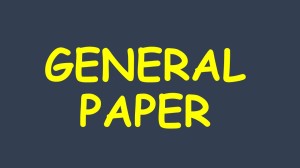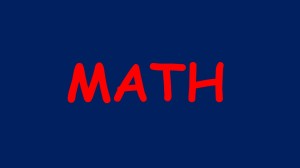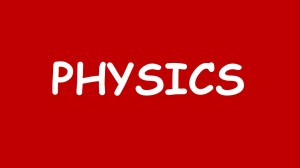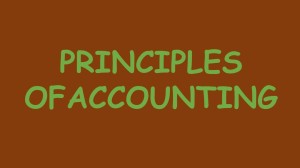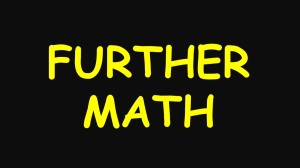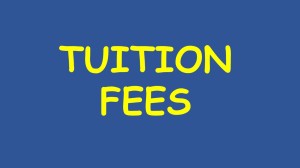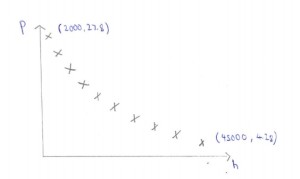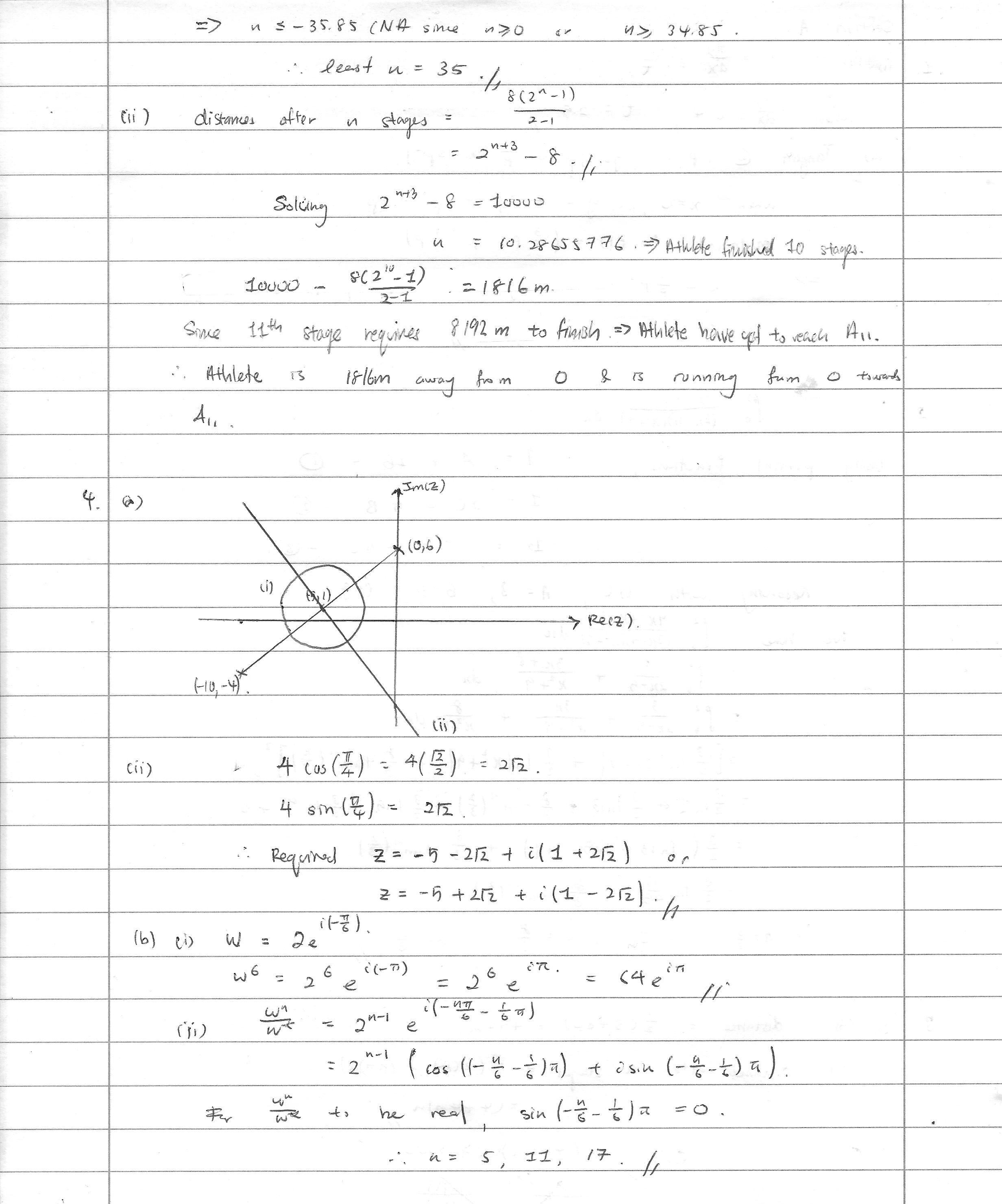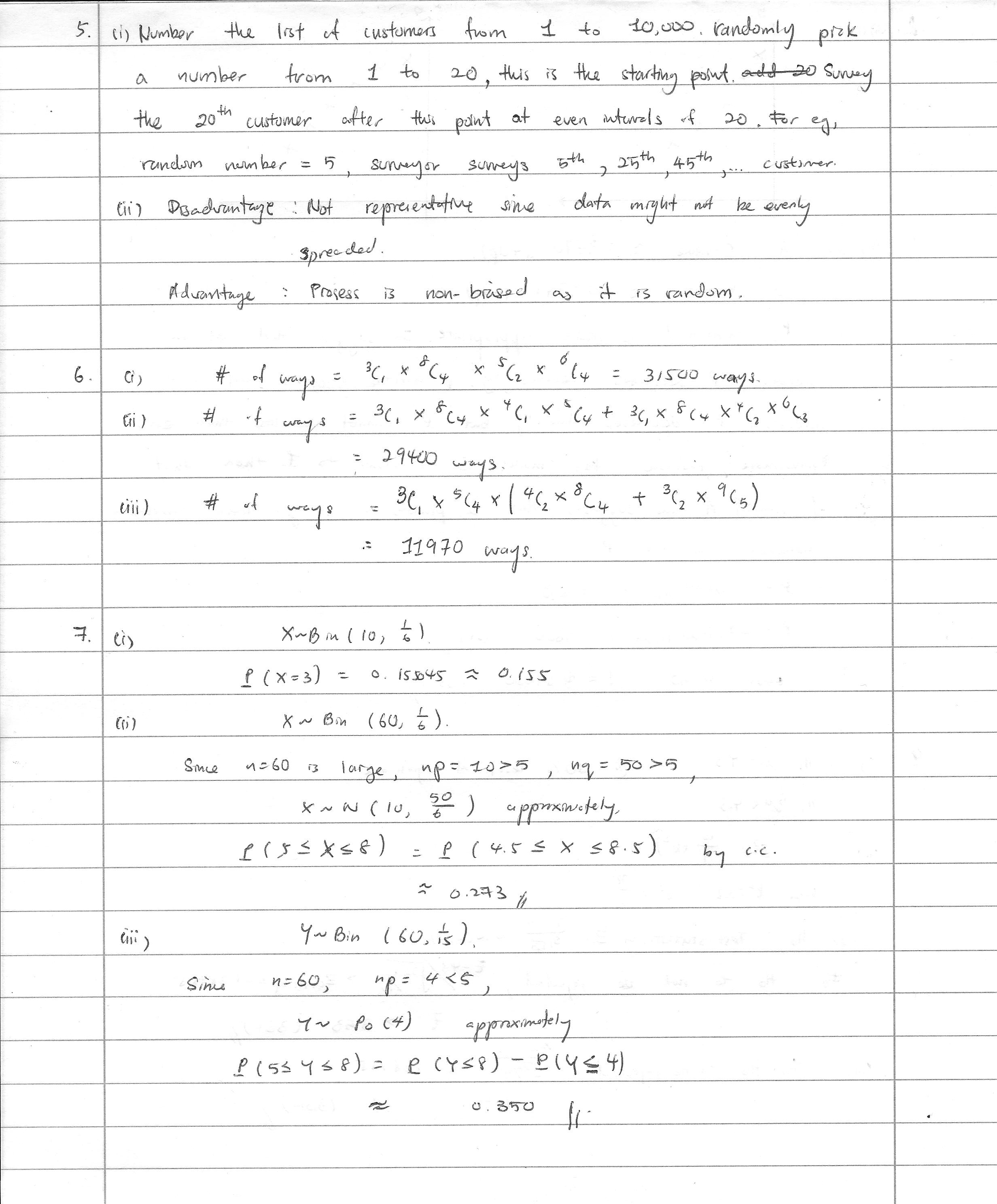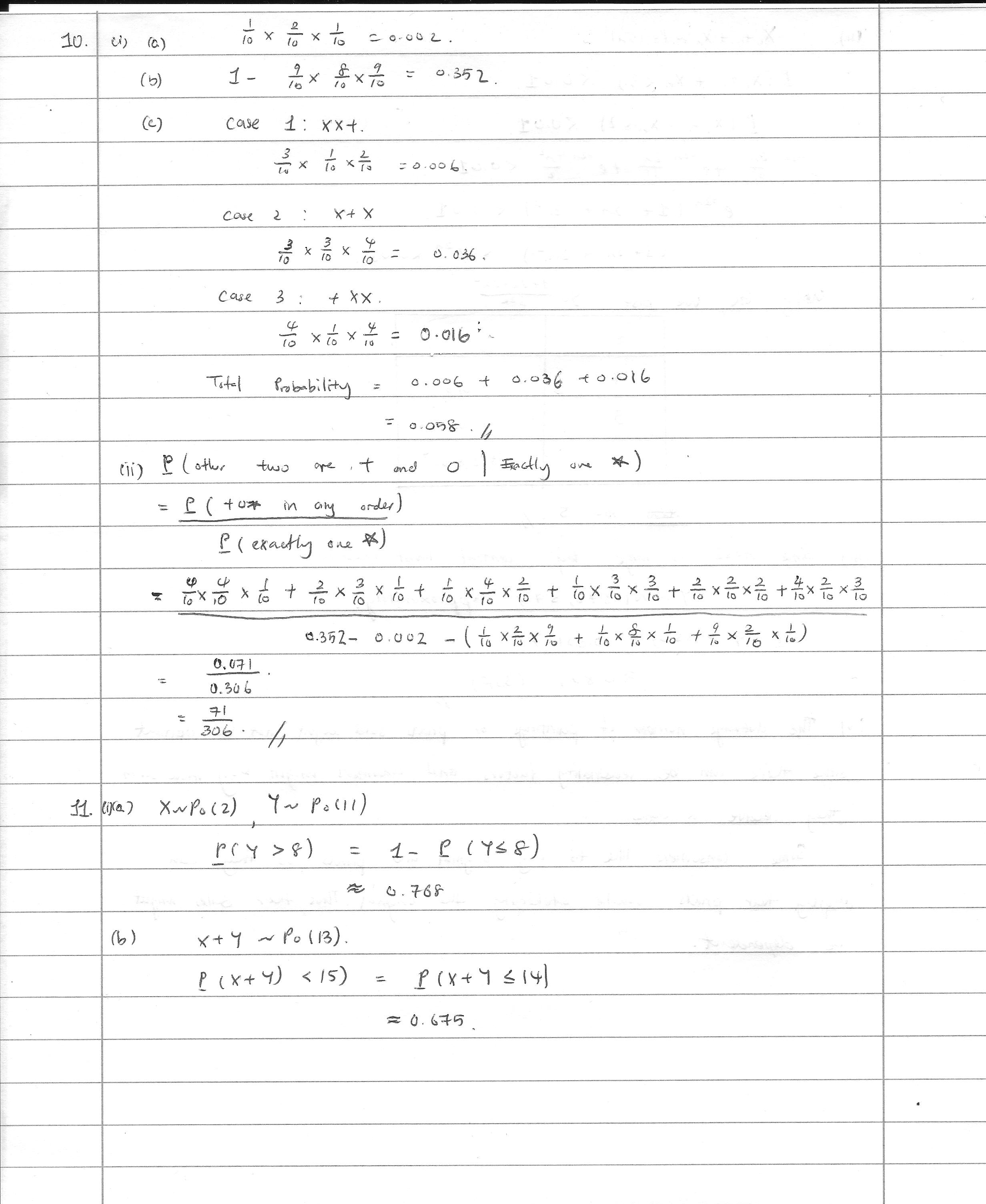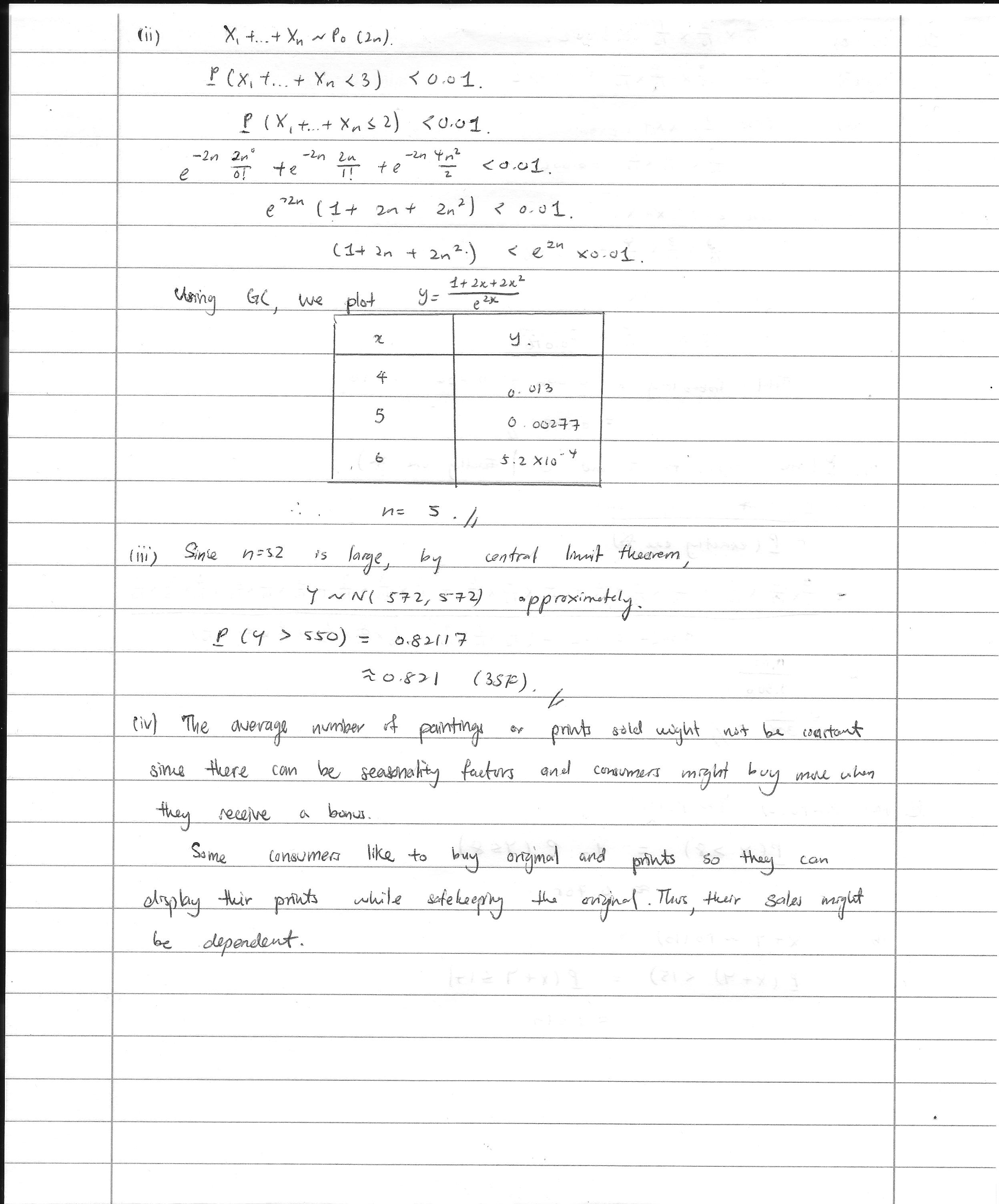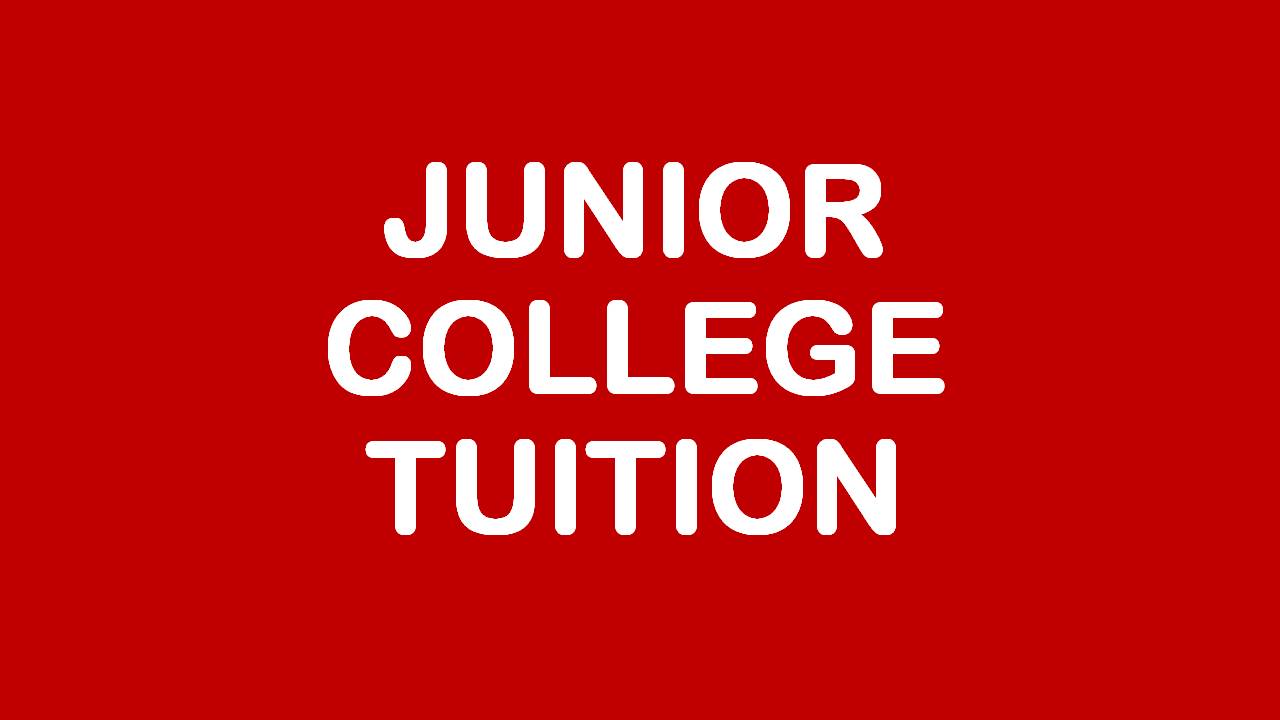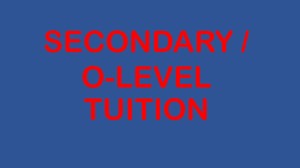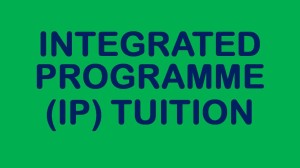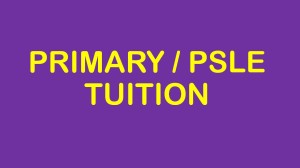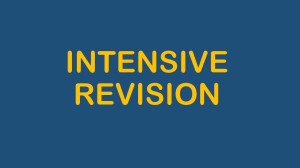H2 PHYSICS HANDS-ON PRACTICAL CRASH COURSE
H2 PHYSICS PRACTICAL
H2 CHEMISTRY PRACTICAL
H2 BIOLOGY PRACTICAL
HOW TO BOOK A LAB SESSION:
(1) Decide which Program or Lab sessions you need or most suitable for, by visiting the webpages of the practical subjects you are interested in (if you can’t find the labs you need, message us at 88765498).
(2) Whatsapp or Message our staff at 88765498 with your Name, Private or School Candidate, A or O level, Subject or Lab Name (e.g Lab PP2), Date and Time of Lab. (Our staff will then guide you on how to register and make payment. If you are not sure about the lab sessions, just state your Name and the Subjects and we will get back to you)
(3) Register Online by clicking below:
(4) Pay Registration fee of $30 via Paynow or funds transfer.
(5) Make the required payment for each lab session at least 5 days before the date of the lab session. (You may also pay for several sessions at one go to ensure that you will have a place in future slots)
Physics Paper 1 MCQ
1) A 2) D 3) C 4) A 5) C
6) A 7) D 8) C 9) A 10) C
11) B 12) A 13) D 14) A 15) A
16) A 17) C 18) A 19) C 20) B
21) C 22) D 23) B 24) B 25) A
26) B 27) B 28) B 29) D 30) B
31) B 32) D 33) B 34) C 35) C
36) C 37) C 38) A 39) D 40) B
Physics Paper 2
1. a) EPE = 0.662J
bi) The system has only GPE before the 300g mass is released. After releasing, part of the GPE is converted to KE and to EPE. At the lowest point, once the mass comes to a stop, all of the GPE will have been converted to EPE.
ii) v = 1.21 m/s
iii) 0.40m
2a) Select 2 points from the graph: (6.0, 1.25) and (12.0, 2.50)
(V – 12.0)/(I – 2.50) = (12.0 – 6.0) / (2.50 – 1.25)
V – 12.0 = (6.0/1.25) (I – 2.50)
V = 4.81I
V is proportional to I
bi) 4.8Ω
ii) 1.3 A , 1.6A
iii) 6.35 V
3a) Incident photons must have energy greater than or equal to the work function of M to emit one electron. Energy of photon is related to the frequency of the electromagnetic radiation by E = hf
bi) Free electrons at the surface are emitted with maximum KE but electrons of the outer shell require more energy to escape thus they will be emitted with less KE. A minimum potential difference is present to stop the photoelectrons with the maximum KE from reaching the collector in order to reduce the current to zero.
ii)It is limited by rate of emission of photoelectrons, which is dependent on the intensity.
c) 9.45 x 10^14 Hz
d) Starts from -2.2v and follows the same shape of the original. The value of y-intercept is doubled due to the doubled intensity.
4a) 0.712 m/s^2
bi) Since the 2 moons move in circular orbits around Jupiter’s center of mass, thus the centripetal force is also the gravitational force due to Jupiter, which acts towards Jupiter’s center of mass.
ii) 2.33
5ai) 4.80 x 10^-14 N
ii) -2.30 x 10^-16 N
b) Electrostatic force on A due to B and B due to A are internal forces. They have the same magnitude but different in direction. Thus the resultant force action on the molecule is zero.
c) 1.6628 x 10^-25 Nm
6a) 128, 54
b) 1510 s
7ai) s = -3.0
ii) -3.170 , -0.693
iii) Plot the point and draw the best fit line.
iv) 3.10
v) There is a linear relationship between ln(y1/m) and ln(l/m) with a gradient of 3.1 and with a y- intercept of -1.02.
vi) 3
b) k = 2.70 x 10^-10
ci) Acceleration is directly proportional to the displacement. The negative sign indicates that the acceleration is opposite to the displacement and is always directed to the position of zero displacement.
ii) 0.560
8.
Apparatus.
Filament lamp, power supply, beaker, thermometer, Stirrer, Stopwatch, Voltmeter, Ammeter, Rheostat, Switch, Weighing machine, Waterproof tape.
Draw a diagram with a filament lamp immersed in water, with the thermometer and stirrer inside the beaker. Draw the circuit of the lamp with connecting ammeter and voltmeter and the power source.
Procedure.
- Measure mass of water in beaker, m.
-
Insulate the beaker.
-
Connect filament lamp with circuit, wrap the metal cap with the waterproof tape.
-
Set up apparatus as shown.
-
Record initial temperature.
-
Close the circuit and start the stopwatch.
-
When the temperature hits 70ºC, stop the stopwatch and record the readings of the voltmeter and ammeter.
-
Repeat steps 5 to 7 after replacing the hot water in the beaker with the same amount of water at room temperature. Obtain different potential differences by changing the resistance of the rheostat.
Working
- 1 – (Thermal energy/electrical energy output)
-
Relationship between I and t is given by η = aV^b , where a and b are constants. The equation can be written as lg η = b lg V + lg a
-
Plot a graph of lg η against lg V and obtain a and b
Accuracy
- Minimise heat loss to surroundings by using the lid and lagging.
-
Conduct preliminary experiments to decide on the suitable values of resistance and voltage supply.
-
Ensure experiment is not conducted over long periods of time so that efficiency of the lamp is not affected by the thermal energy released.
Safety
- Handle with dry hands to prevent electrocution.
-
Ensure the circuit is not in contact with the water.
-
Handle the beaker with care when replacing the water.
A-LEVEL H2 MATH JUNE HOLIDAYS INTENSIVE REVISION
A-LEVEL H2 PHYSICS JUNE HOLIDAYS INTENSIVE REVISION
JUNIOR COLLEGE / A-LEVEL TUITION:
_______________________________________________________________________
______________________________________________________________
By EX-MOE TEACHERS & EXPERIENCED TUTORS
@ BLK 644, BUKIT BATOK CENTRAL, #01-68. S(650644).
CALL 65694897 OR SMS 88765498 OR 97860411.
Suggested Answers to 2015 A Level H2 Math 9740 PAPER 2
1. Differential equation
(i) h = 32m
(ii) ≈ 46.9 years
2. Vectors
(i) ≈ 73.4°
(ii) λ = 3/7 or 1
Point = ( 17/7 , 1/7 , -58/7 )
(iii) -36x + 2y – 11z = 4
3. Functions
a)(i) Graph of y=k , k∈R , cuts at most on 1 point.
f (x) is a 1 – 1 function, f inverse exists
(ii) f -¹ : x → √(1 – 1/x) , x > 0
b) y≤ 1 – (1/2)√3 or y≥ 1 + (1/2)√3
Rg = ( -∞, 1 – (1/2)√3] ∪ [ 1 + (1/2)√3 , ∞ )
4. Mathematical induction / Method of difference
b)(i) 2 = A(2r+3) + B(2r+1)
(ii) (1/3) – (1/(2n+3))
(iii) n≥ 1498.5
smallest n = 1499
5. Sampling methods
(i) Sampling frame is not available, therefore the manager is unable to define the appropriate subgroups required for stratified sampling.
(ii) Survey 25 people each for different age groups (5-20, 21-40, 41-60, 61-80). The manager can survey the customers going in and out of the supermarket to obtain the required data.
6. Binomial distribution
(i) ≈ 0224
(ii) ≈ 0.149
(iii) ≈ 0.825
7. Poisson distribution
(i) Average number of errors per page is constant
Errors occurring are independent of each other
(ii) ≈ 0.165
(iii) least n = 4
8. Hypothesis Testing
p-value = 0.264618 > 0.1
Do not reject Ho. There is insufficient evidence at the 10% level of significance to doubt his claim.
9. Probability
(i) = 0.4
(ii) 0.185
(iii) Lowest = 0.165
Highest = 0.33
10. Correlation and Regression
i)
(ii) a. ≈ -0.9807
b. ≈ -0.9748
c. ≈ -0.9986
(iii) √h and P
P = 34.8 – 0.266√h
(iv) 34.8 – 0.266√h
11. Permutations and Combinations
(i) 10080
(ii) 10079
(iii) 720
(iv) 5760
12. Normal Distribution
(i) 0.01267
(ii) 0.05238
(iii) 0.742
A-LEVEL H2 MATH JUNE HOLIDAYS INTENSIVE REVISION
A-LEVEL H2 PHYSICS JUNE HOLIDAYS INTENSIVE REVISION
JUNIOR COLLEGE / A-LEVEL TUITION:
_______________________________________________________________________
______________________________________________________________
By EX-MOE TEACHERS & EXPERIENCED TUTORS
@ BLK 644, BUKIT BATOK CENTRAL, #01-68. S(650644).
CALL 65694897 OR SMS 98530744 OR 97860411.
Some Tips for H2 Economics Paper 2 2015
You may want to read up more on the following topics:
1. Scarcity, Opportunity Cost & the PPC.
2. Costs of Production, Economies of Scale
3. Market Structure
4. Market Failure (Externalities), Government Failure
5. Inflation, Unemployment
6. BOP
7. Fiscal policy, Supply-side policies, Monetary Policy (Interest Rates)
8. Globalisation, Capital Flows, FTA
Suggested answers to GCE O Level 2015 Math (4016) Paper 2 (via crowdanswering)
Ok. Here are some of the answers:
1(a) (3x-4y)(3x+4y)
1b(I) 5y^2/9x (ii) (4x+15)/(x+2)(2x-3)
(c) 5 or -1/2
(d)(I) (x-9/2)^2 – 13/4 (ii) 6.30 , 2.70
to be continued ….
Related links:
O-LEVEL 2015 PHYSICS MCQ INTENSIVE DRILL SESSION (500+ MCQs)
Our JC & Secondary Headstart Programmes 2015-2016 [NOTE: Our JC1 (2016) HEADTSTART & BRIDGING classes for General Paper, Economics, Math, Physics & Chemistry start from 15 Nov 2015 onwards. REGISTER NOW to avoid disappointment]
PSLE MATH PAPER 2 TRIAL EXAM
Dates & Times of Exams (choose one):
(1) 21 Aug (Fri), 6 pm – 7.45 pm; (Review of answers on 28/8 same time)
(2) 22 Aug (Sat), 9.30 am – 11.15 am (Review of answers on 29/8 same time)
Fee: $50 (inclusive of discussion, marking and model answers)
Location: Blk 644, Bukit Batok Central, #01-68. S(650644).
(Our location is just a 3-min walk from either the Bukit Batok MRT station or the Bukit Batok Bus Interchange. Buses that stop along the roads surrounding our location are numbers 157, 178, 66, 506, 173, 174, 176, 187, 985. Buses services which terminate at Bukit Batok Bus Interchange are 61, 77, 106, 173, 177, 189, 852, 941, 945, 947)
The purpose of this exam is to give students the LEARNING EXPERIENCE of doing a PSLE Math paper under EXAM CONDITIONS, so that they and their parents are able to gauge their LEVEL OF READINESS for the actual PSLE exam paper.
The paper has been set as close as possible to the latest PSLE exam standard of difficulty. The answer scripts will be collected, marked, returned and discussed on the following session, with the model answers given to each student.
TO REGISTER, SMS <STUDENT NAME> , <P6MP2> TO 97860411. Please indicate which date.
As places are limited, pre-payment is encouraged to confirm your attendance. You can make cash or cheque payment by visiting the centre at the address above.
Related: PSLE MATH SEP HOLIDAY INTENSIVE REVISION
Suggested Answers to 2014 A Level H2 Math 9740 PAPER 2
NEW!
H2 PHYSICS PRACTICAL
H2 CHEMISTRY PRACTICAL
H2 BIOLOGY PRACTICAL
The following is a suggested solution by our H2 and H1 Math Tutor, Mr. Teng. Please note that it is a suggested solutions and was rushed out. Mr. Teng omitted several presentation steps out of convenience. There might be alternative solutions at times too. Feel free to comment and discuss. Please let us know if there are mistakes too. Thanks in advance.
PLEASE NOTE THAT STUDENTS ARE EXPECTED TO WRITE STATE YOUR DISTRIBUTIONS CLEARLY. We omitted for convenience.
Disclaimer: This suggested solutions is provided free by Mr. Teng & Singapore Learner. Both parties do not profit from this. We simply believe that this will help current students and future students to learn from the mistakes of others. Thanks.
ERRATA & Remarks:
6(ii) I miscounted and was careless.
Case 1: A plays midfield, B sits out of attacker =>3c1 x 8c4 x 4c1 x 5c4
Case 2: A sits out midfield, B plays attacker => 3c1 x 8c4 x 4c2 x 5c3
Case 1 + Case 2 =1 6800
(iii) I doubled counted indeed. Thanks for pointing out. Should be
Case 1: Midfielder A plays midfield => 8c4 x 3c1
Case 2: Midfielder A plays defender => 8c3 x 3c2
Case 3: Midfielder A sits out => 8c4 x 3c2
3c1 x 5c4 x (8c4 x 3c1 + 8c3 x 3c2 + 8c4 x 3c2) = 8820
8ai. I drew the left side of the quadratic. It should be the right side. my bad.
9. I initially used Z-Test for this question. But T-test is definitely more appropriate as we are given as unknown population variance. I changed it to T-test in the following solutions, but understand that some teachers consider Z-Test to be acceptable too. I should highlight that nobody has access to the actual answer scheme; we only see the marker’s report.
(ii), (iii) Set notations should be used. {t>3.48} and {0<k^2<0.423}
11. Please take note that I used CLT here, so cc is not required.
– I understand some students misunderstand that CLT is used to find the mean of any distribution. This is a terrible misconception. CLT is a limiting theorem, and we apply it to approximate a non-normal distribution to a normal distribution, given n is sufficient. And they can be sum of independent random variables, sample sum, or sample mean. You can read more from the link below.
– Why I used CLT approximation instead of poisson approximation (Poisson approximation is not incorrect either): I used continuity correction in qn 7 alr, so given examiner psychology, I would think they want to be impressed with something different. That’s why I picked CLT approximation. Do note that this does not mean that doing poisson approximation is wrong; so long as you perform cc precisely.
I do hope this clarifies, and I’m sorry it came late as I was ill and had jc1 classes yesterday too.
_______________________________________
TUITION CLASSES:
_______________________________________________________________
EDUCATIONAL SERVICES:
______________________________________________________________
By EX-MOE TEACHERS & EXPERIENCED TUTORS
@ BLK 644, BUKIT BATOK CENTRAL, #01-68. S(650644).
CALL 65694897 OR SMS 98530744 OR 97860411.
Suggested answers to GCE O Level 2014 Math (4016) Paper 2
Related links:
-
O-LEVEL E. MATH TOPICAL CRASH COURSE
-
O-LEVEL A. MATH TOPICAL CRASH COURSE
-
O-LEVEL PHYSICS TOPICAL CRASH COURSE
———————————————————————————————————–
1(a) x < 1/2
1(b)(i) W = 126
1(b)(ii) u = +- Sqrt(v^2 – 2W/m)
1(c) 2x / (x – 4y)
1(d) x = 7 or -1
———————————————————————————————————–
2(a) 4.12 x 10^10 kWh
2(b) 40.5% (to 3 SF)
2(c) 1439 kWh (to the nearest kWh)
2(d) 26.2% (to 3 SF)
2(e) 5725 GWh (to the nearest GWh)
———————————————————————————————————–
3(a) p = 11.4
3(b) cubic graph
3(c) Near exact answers are x = -1.54, 3.84 or 1.69 (examiners accept answers within a small range)
3(d) Exact answer for the gradient is -5.2 (examiners accept answers within a small range).
3(e) (i) straight line with positive gradient intersects the curve at one point.
3(e)(ii) Near exact answer is (4.24, 0.83) (examiners accept answers within a small range)
———————————————————————————————————–
4(a) 83 deg
4(b) Use AA property
4(c) Triangle EAB
4(d)(I) 5:3
4(d)(ii) 82.62 cm squared
———————————————————————————————————-
5(a)(I) (-6, -7) in vertical form (2×1 matrix)
5(a)(ii) 9.22 units
5(a)(iii) (4, 8.5)
5(b)(I) 4y + 3x = 16
5(b)(ii) (-2, 5.5)
——————————————————————————————————–
To be continued …….
Important topics and concepts for 2014 O Level Physics (5059)
I’ve just finished identifying the Physics concepts that will most likely be tested this year, based on my detailed analysis of the concepts tested in the last five years. My last year’s effort was quite accurate and I was even commended by a Physics school teacher, who asked me how I achieved my accuracy in prediction.
If you are not yet well prepared for this upcoming O-Level Physics exam, since time is short, you should attend my O-Level Physics Crash Course / Intensive Revision 7 Oct 2014 to shorten and enhance your revision process. Students who attended last year benefitted greatly but I’m just not into the habit of posting testimonials from students or teachers, that’s all. Anyway, all the best in your upcoming exams.
Rgds,
Ilyasa
Compliment from a secondary school Physics teacher ….
Below is an email (with names removed) I received from a Physics teacher on Nov 14, regarding my post IMPORTANT TOPICS FOR O-LEVEL PHYSICS (5058) PAPER 2 2013.
————————————————————————————————————–
Hi Ilyasa,
I am <teacher’s name>,
<Student’s name>’s physics teacher.
He has attended yr physics crash course in oct.
I have compiled a list of qns based on yr predictions for 2013 paper 2.
I am impressed by the accuracy of yr predictions and would like to ask you If there are any methods u have used to reach such accuracy besides doing the elimination method.
I can be contacted at <hp no.>.
Rdgs
———————————————————————————————————-
Suggested Answers to 2013 A Level H2 Math 9740 Paper 2
NEW! H2 MATH TOPICAL CRASH COURSE (Sign Up Now!)
———————————————————————————————————–
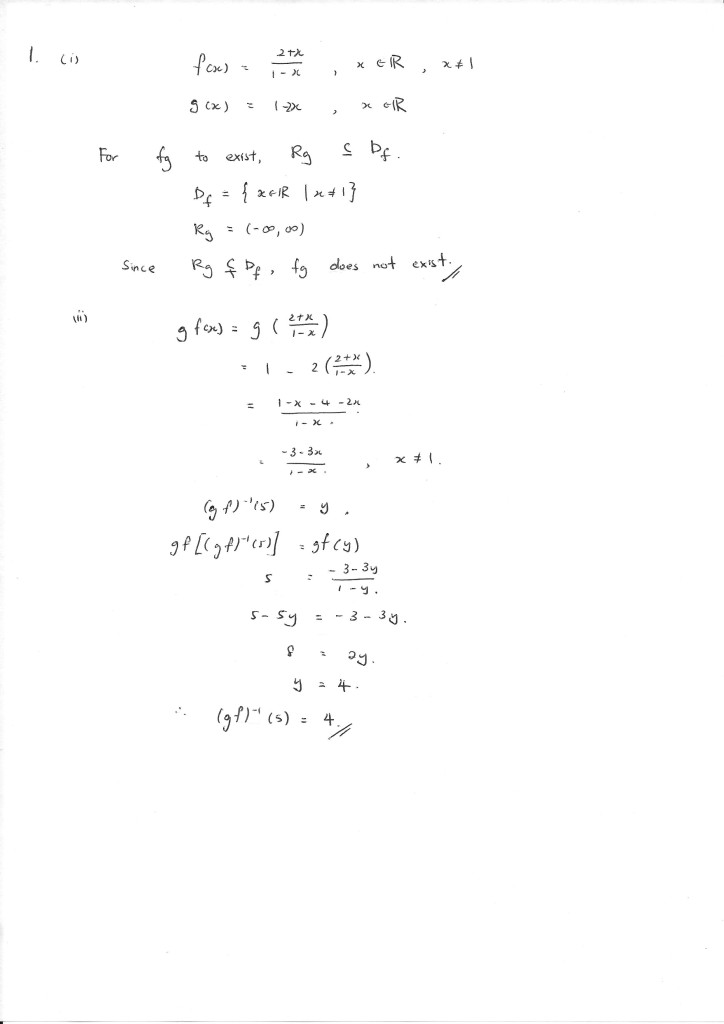
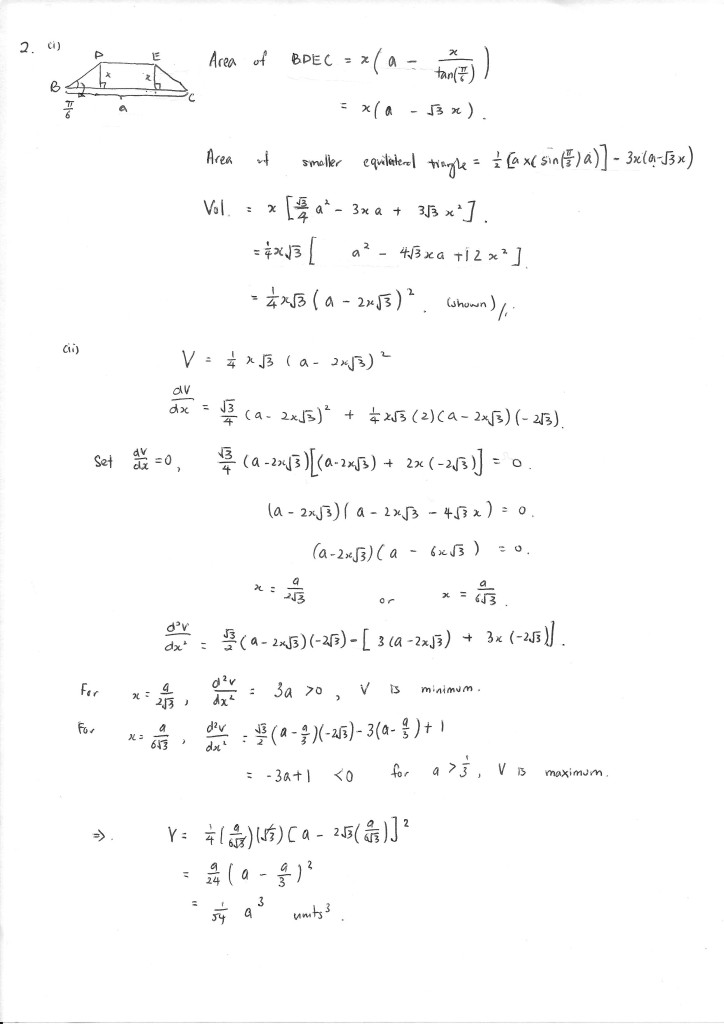
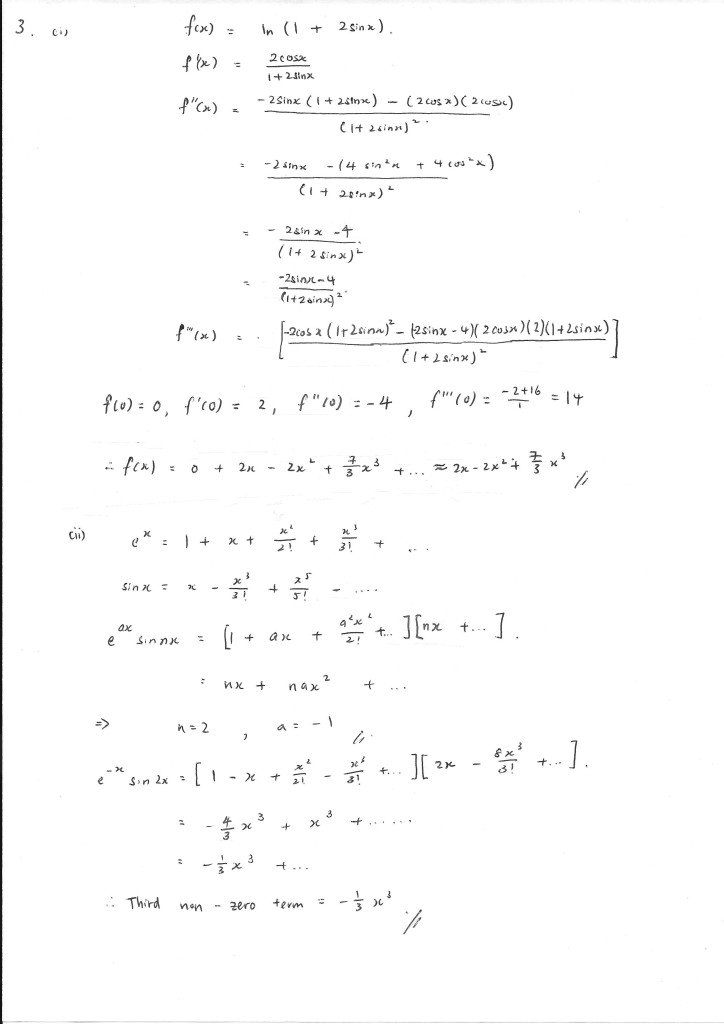
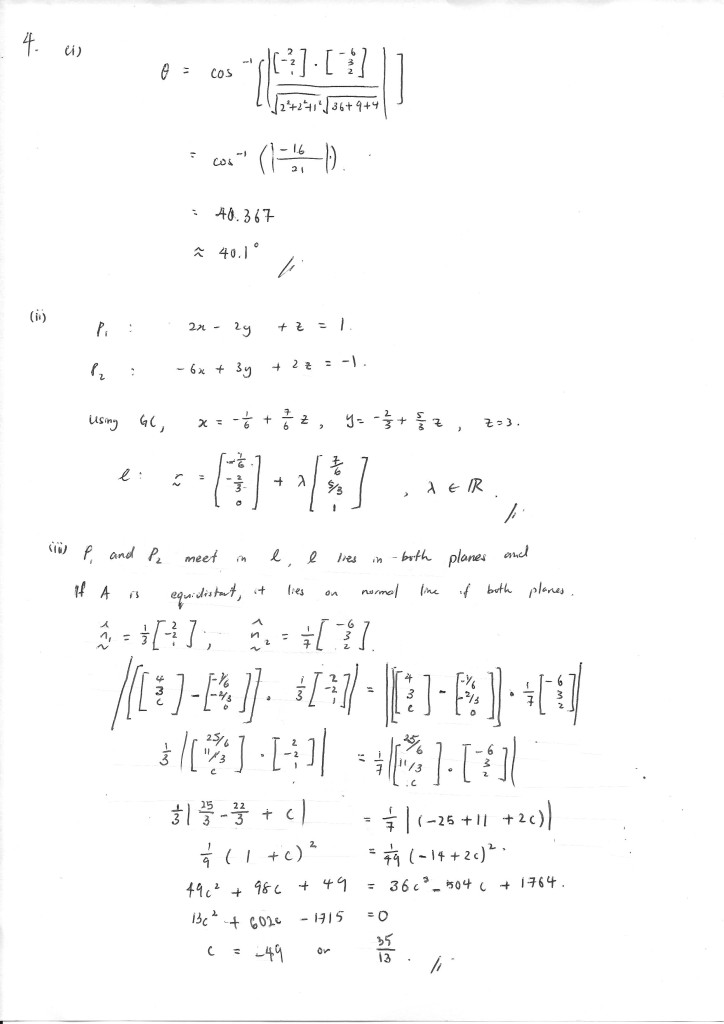
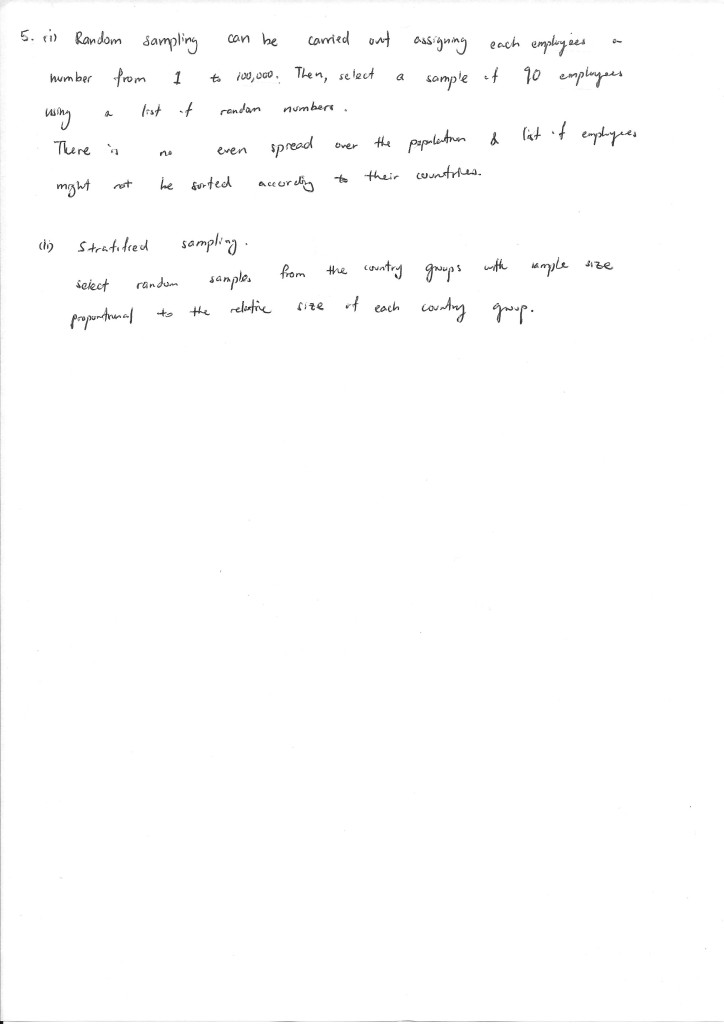
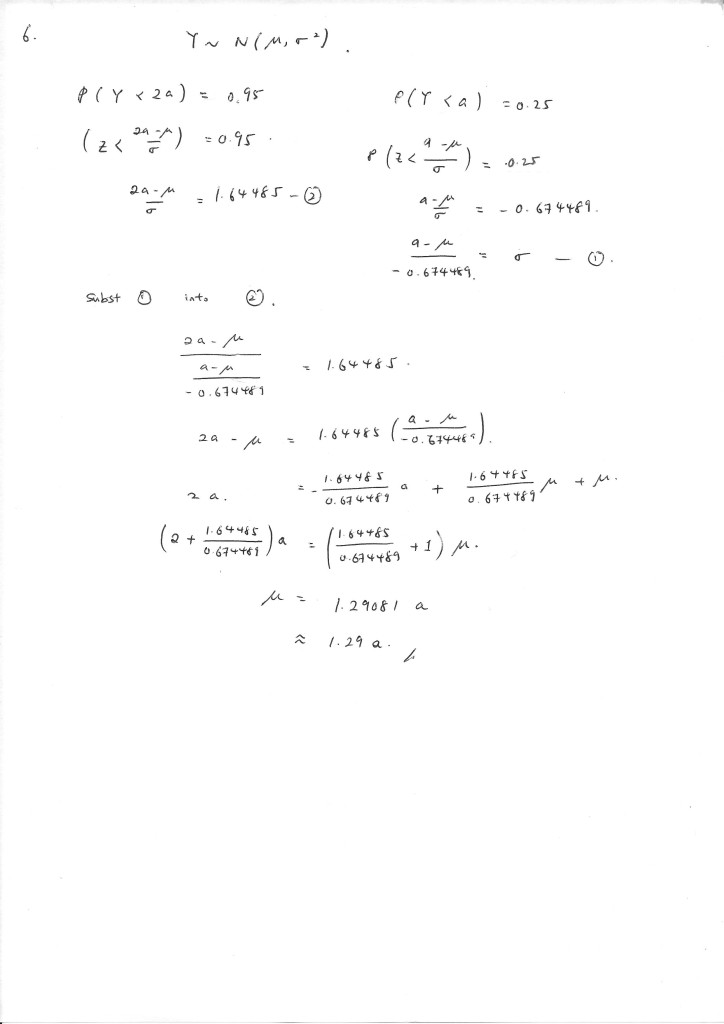
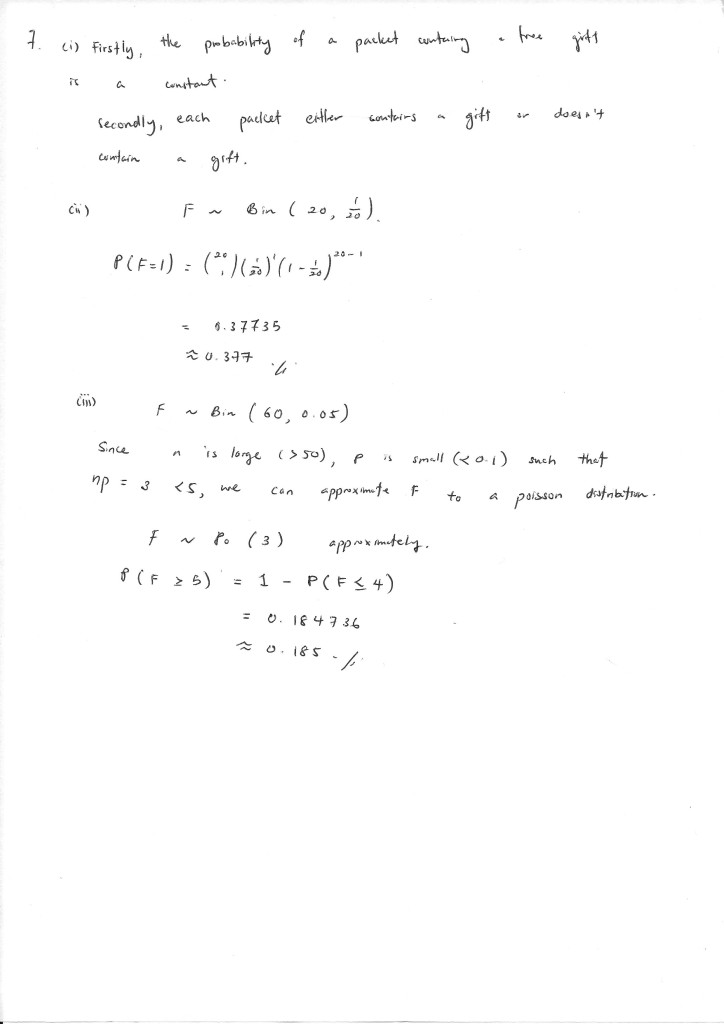
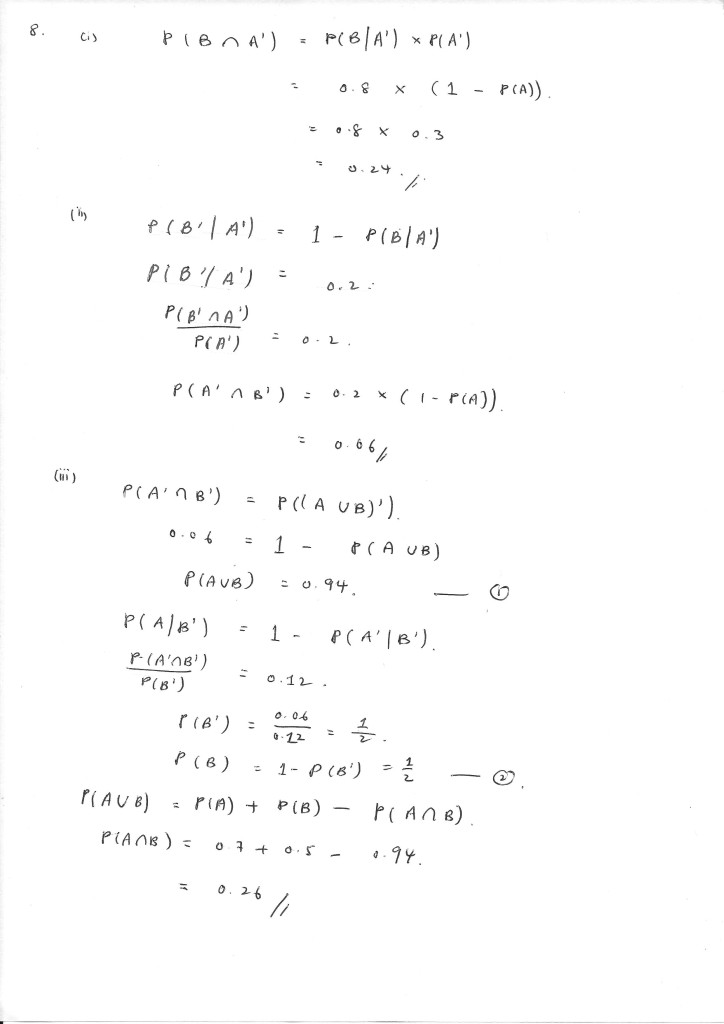

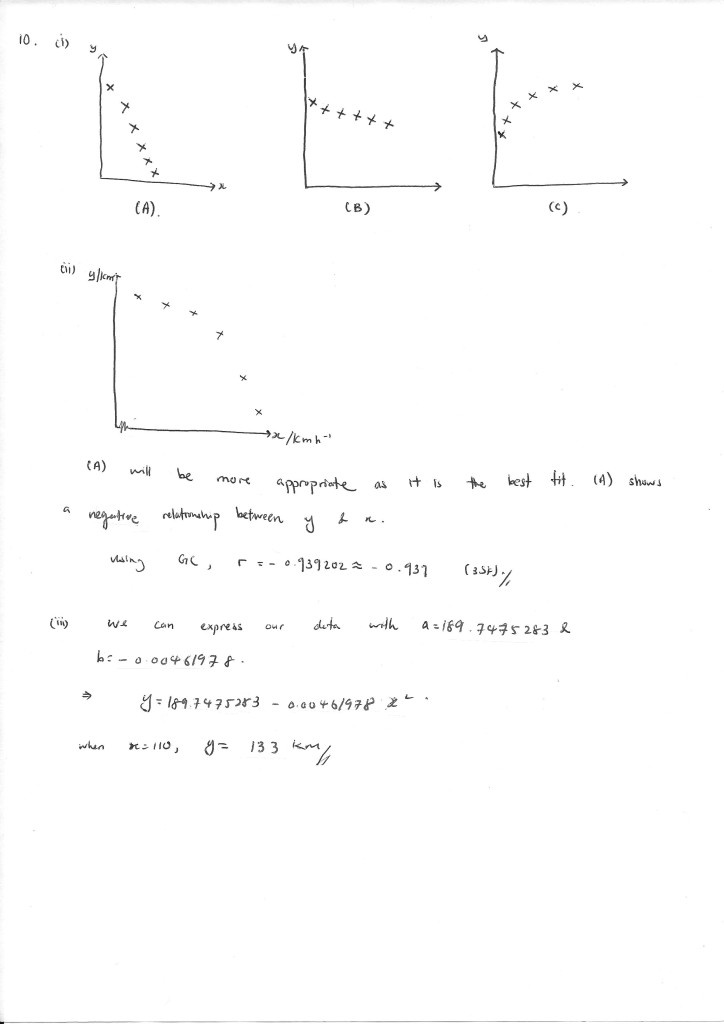
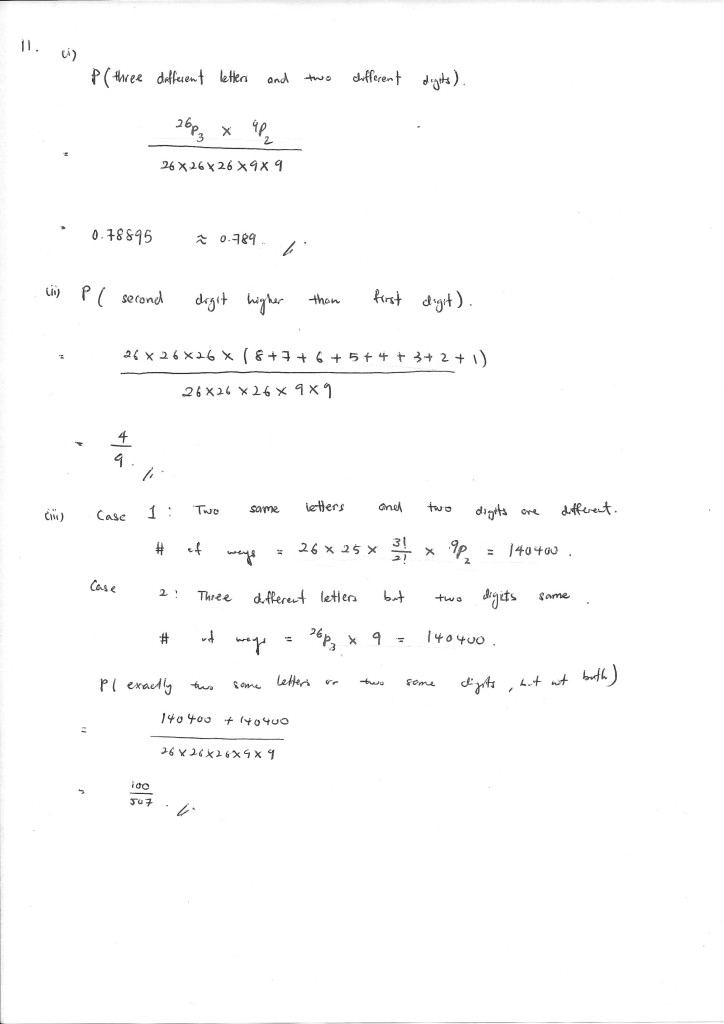
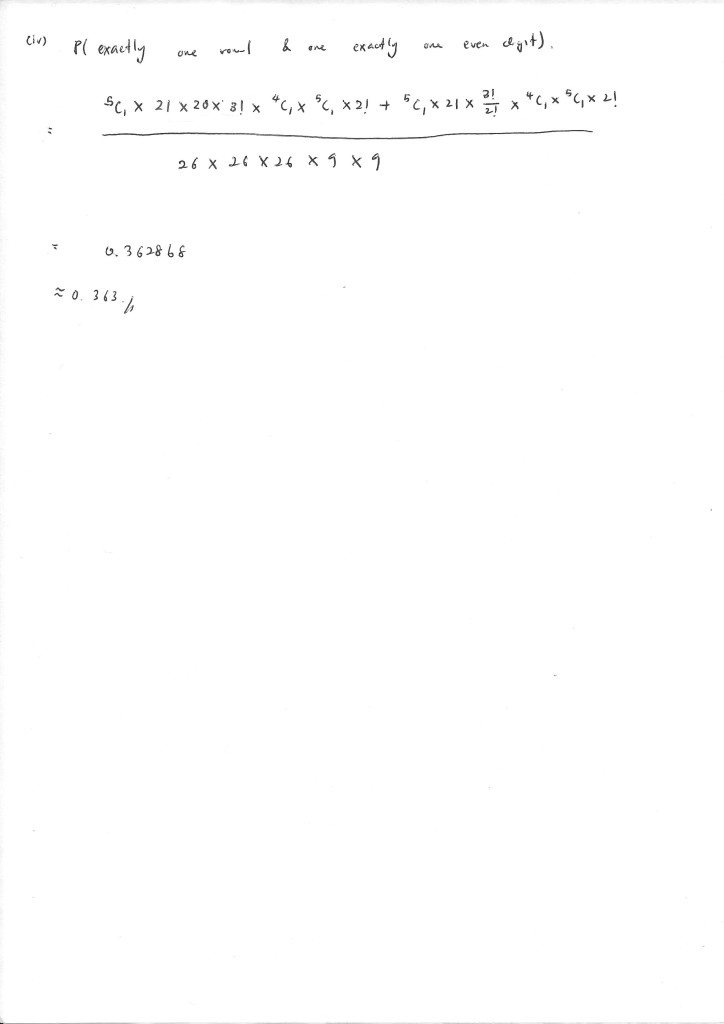
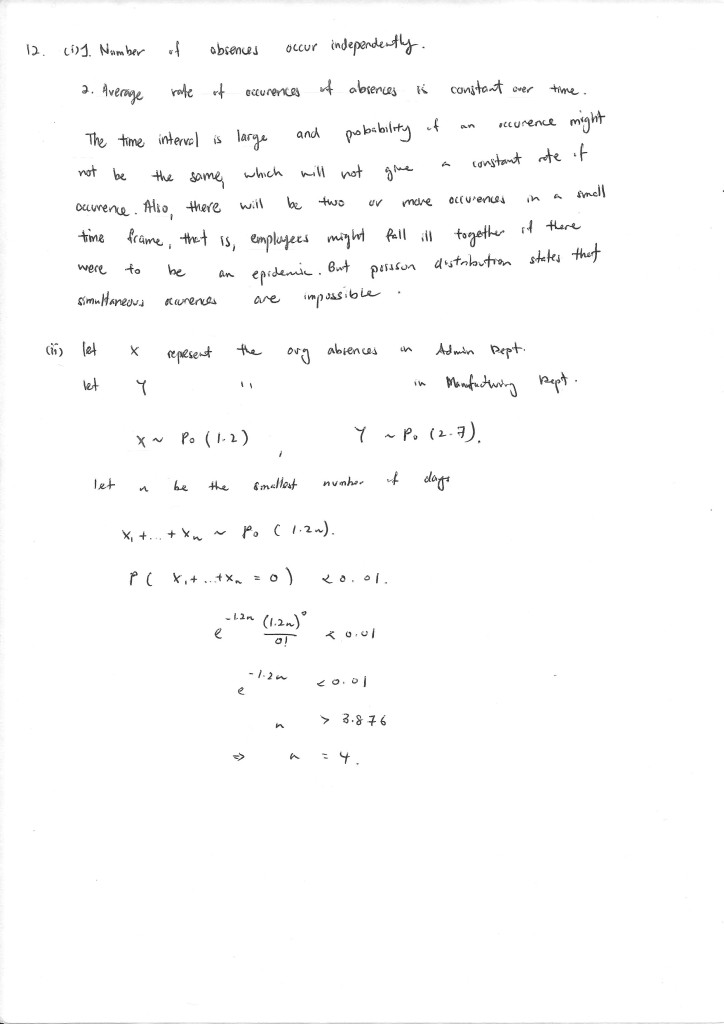
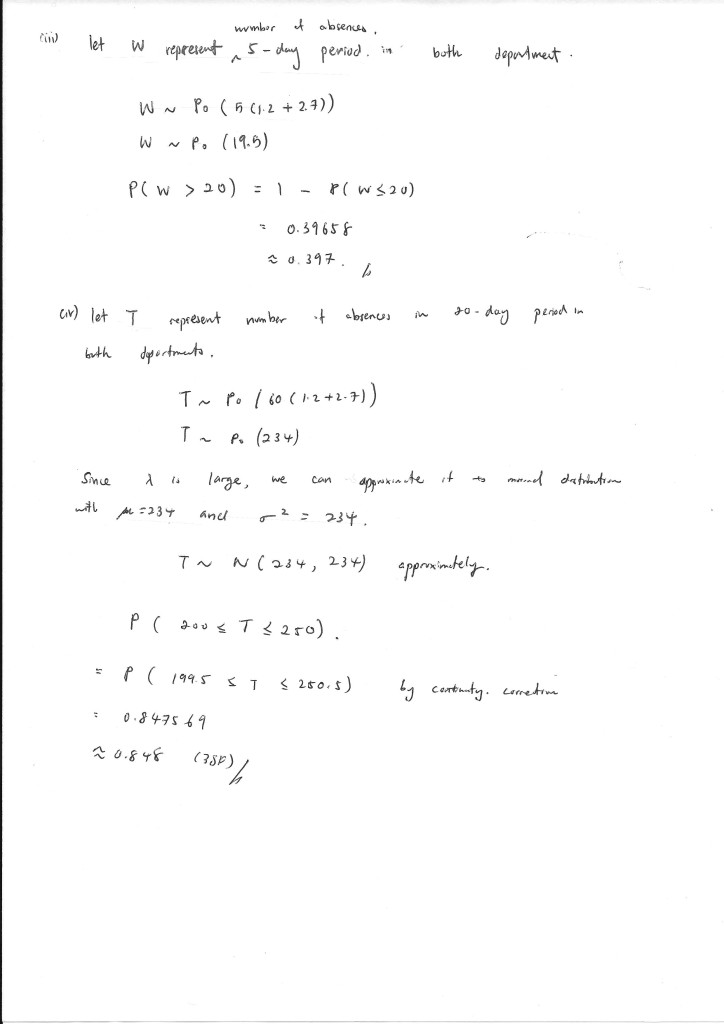
The above solutions had been worked out by Mr Teng.
Errata:
For qn 3(I) line 7, the denominator of the third derivative of f(x) should be of power 4 instead of 2.
For qn 4(I), was some scanning error. The answer is 40.4.
For qn11(III), I made a terrible mistake and forgot the third case for which exactly three letters same AND two digits same. The permutation for that will be (26×9).
11(iv) I made the mistake of double counting and arranged after using the permute function. The following is the full solutions
Case 1: Exactly one vowel and 2 different consonants and exactly one even digit
(5C1)(21C2)(3!)(4C1)(5C1)(2!) =252000
Case 2: Exactly one vowel and 2 same consonants and exactly one even digit
(5C1)(21C1)(3!/2!)(4C1)(5C1)(
P(exactly one vowel & exactly one even digit) = (252000+12600)/(26^3*9^2) = 0.186 (3SF)
Disclaimer: We welcome fair comments and discussion. The answers were rushed out and done while Mr Teng was in between classes too. So there are errors definitely, so many thanks for all who point them out. 🙂
_______________________________________
TUITION CLASSES:
_______________________________________________________________
EDUCATIONAL SERVICES:
______________________________________________________________
By EX-MOE TEACHERS & EXPERIENCED TUTORS
@ BLK 644, BUKIT BATOK CENTRAL, #01-68. S(650644).
CALL 65694897 OR SMS 98530744 OR 97860411.

